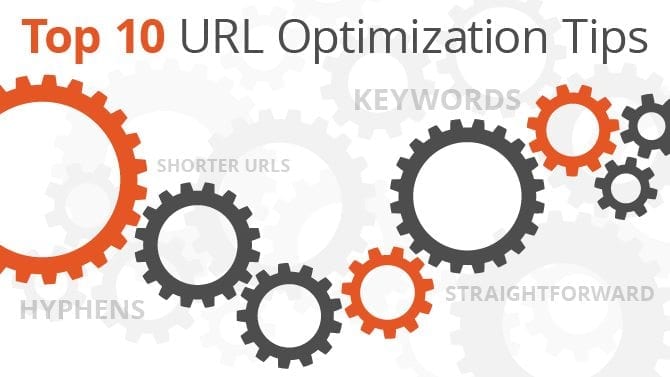
You want all of the best SEO tactics when it comes to your content, but what about your URLs? Are they optimized for the search engines? If you are just going with whatever is generated for you when creating your site, then probably not. Just like with other SEO strategies, as long as you aim for appeasing the end-user, the search engines will be happy too. Here’s a rundown of the most important DOs and DON’Ts you need to know when creating your site’s URLs.
DON’T Accept Auto-populated URLs
First and foremost, never settle for an auto-generated URL. Each one should be crafted with precision, and you just can’t rely on WordPress (or anywhere else) to get it right every time. Sure, it might be sufficient every once in a while, but always double check before hitting the publish button.
DO Make Them Straightforward
When someone looks at your URL, they should know exactly what they are going to get if they click on it. A variety of numbers and symbols just get in the way of your mission.
DON’T Use Stop Words
Want to know the biggest waste of URL space? Stop words. Never include: the, a, an, it, etc. People and search engines are smart enough to realize the meaning of the page without these tiny words.
DO Keep Your URLs Short
No one likes a long URL. It’s too hard to imitate (if copy and paste isn’t handy) and looks ridiculous when shared. If you post a blog with an absurdly long title, rewrite the URL with just the main two or three words. And don’t nest the page in too many folders, because each one adds more length to your URL.
DON’T Use Query Strings
If you can avoid them, do. Why? The search engine bots will stop when they get to the question mark, which means anything after it may as well not even exist. It also means the page will be a lot more difficult to index, which, obviously, is the last thing you want.
DO Use Your Keywords
Yep, you guessed it, you absolutely want to use your keywords in your URL, but different sections of your URL carry more clout. First, try to get a domain name with your main keyword. If that’s not possible, then aim for the subdomain. After that, try to get your keywords as close to the front of the URL as possible. However, just like every other place on your website, do not keyword stuff your URL or it might be misconstrued as spam.
DON’T Use Capital Letters
No matter what, make sure that every domain, folder, and page of your URL uses lower case letters. If you capitalize one of the sections (www.yourdomain.com/About), then some servers will assume this is a different page than the one using the lowercase version (yes, even if it doesn’t exist). What does this mean? If someone inputs the URL using the lowercase word they will receive a 404 error message. Not good.
DO Use Hyphens
If you want to separate words within your URL to make them more readable, use hyphens. This is the only symbol that is recognized as a word separator, so the search engines will still pick up the keyword phrases, which cannot be said for underscores.
DON’T Change the URL if It’s Established
After reading all of the above ways to make your URL as search engine friendly as possible, you may be tempted to go edit all of yours immediately. But unless you are a pro at 301 redirects, this could be detrimental to your SEO strategy. You have worked hard to get your URLs indexed, and if you change them now all of your work will be for nothing. Just keep these rules in mind going forward and you will be golden.
DONT Use Misleading URLs
If your blog article only has nine tips for URL optimization, and you want to say it has ten tips because you think that looks better? That’s a no-no unless you create a tenth tip to back it up. You don’t want a URL that could be considered misleading. 😉








